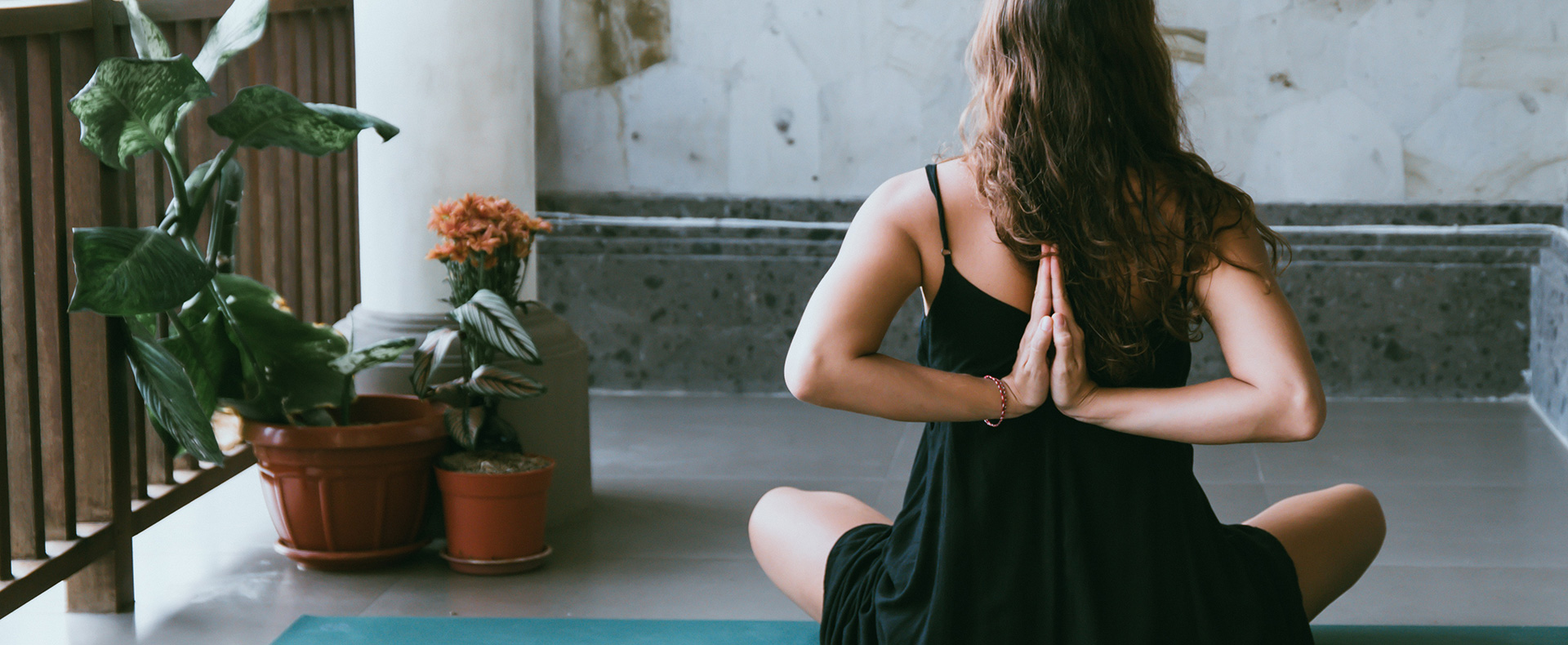
Blog
How to live an Ayurvedic lifestyle (and what I actually do!)
3 minute read
Ayurveda looks at what you eat, when you eat, daily routines and guides on how to manage your life. I have put together some of the main daily routines. Not all as I believe that some of the routines should be physically demonstrated.
Wake up before sunrise
Brahma muhurta is the term for a period before sunrise that is auspicious. It is roughly between an hour and an hour and a half before sunrise. Clearly in the summer, this is harder to do than in the winter. If you cannot wake up before the sun rises, then it is recommended to wake up with the sun rise. It regulates a persons body clock, is said to help digestion and is good for mental health.
Scraping your tongue (after brushing your teeth)
During the night, your body is naturally detoxing itself. If you look at your tongue in the morning, you may see a coating which is the waste that your body is expelling. Instead of taking a drink of water or eating breakfast without cleaning your mouth, it is recommended to scrape your tongue first with a copper tongue scraper. Cleaning your tongue removes bacteria and toxins responsible for plaque, tooth decay and gum disease.
I would recommend this for everyone, every day.
Oil pulling
From the original Ayurveda books, sesame oil is recommended. Sesame oil is good for all doshas. Coconut oil is used by many people although coconut oil is cold properties. Therefore, if using coconut oil, be mindful if you notice any dryness or adverse feelings after prolonged use.
It improves the health of the eyes, ears, nose, and gums. It is also meant to improve your taste.
If you can do this daily, great. If not, a few times a week are still beneficial.
Nasya
Putting a few drops on oil (anutailam) up your nostrils is recommended. This is done with lukewarm oil, you put a few drops in your nostrils whilst laying down, and tilt your head back.
However, I believe that it is best to consult a practitioner before practices involving your nose and brain cavity.
Nasya is beneficial for reducing symptoms of seasonal allergies and various blockages and infections of this area. It is also good for our voice, health of our throat, eyes, nose and ears.
Same goes for using a neti pot.
Abhyanga
Massage warm oil from the top of your head (don’t forget your ears), down to your feet. If you can, look in a mirror and tell yourself some positive affirmations. Sesame oil is the recommended oil.
If you can do this daily, great. If not, a few times a week are still beneficial.
Exercise or meditate
Yoga, meditation or some form of gentle exercise is recommended. For me personally, I practise abhyanga once a week and during the week when I have to go to work, I will work out in the morning.
Shower
It is recommended to wash with warm and not hot water, as hot water can dry the skin out.
Breakfast
Have a warm, cooked breakfast if you are hungry. The digestive fire is not as strong in the morning as it is at lunchtime, when the sun is highest in the sky. Therefore, eat to your appetite but beware of eating anything really heavy.
Night-time routine
Repeat the mouth cleaning processes from above. In the original Ayurvedic books, there were no mobile phones! However, doctors east and west agree that not looking at the blue light from phones, televisions and laptops for at least an hour before bed, is beneficial.
That is it!
Hugs
Puja
Note: Ayurveda is a complementary practice and is not a replacement for seeing a GP.

